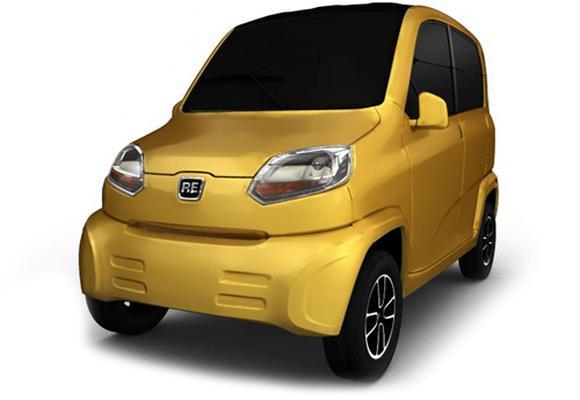
Due to low power engine of the RE60, the chances of serious accidents are less compared to other four-wheelers.
According to newspaper reports, the ministry of road transport and highways has in principle agreed that "quadricycles" (light four-wheeled vehicles) be permitted to operate within city limits as modes of public transport.
It appears that these vehicles will be subject to norms notified under the three-wheeler category (L5) under the Central Motor Vehicle Rules or the European Union Quadricycle regulations - whichever is more stringent. The final regulations would be notified within three months.
This news has come after months of heated debate since Bajaj Motors approached the government to allow introduction of its newly developed 400 kg RE60 four-wheeler.
The RE60 is powered by a 216 cc petrol engine with maximum speed of 70 km/h, fuel efficiency of 40 km/l and CO2 emissions at 60g/km.
...
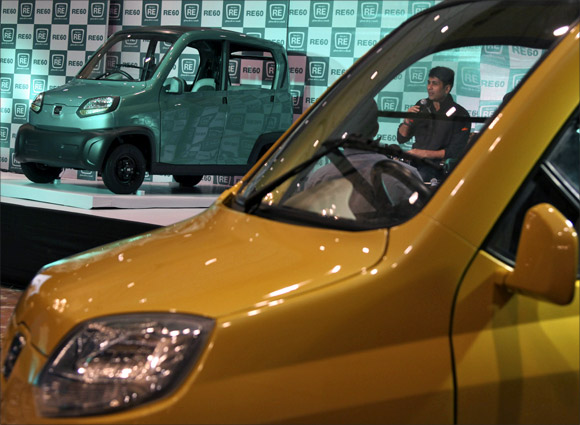
If these numbers are correct, then we should welcome the introduction of this vehicle, provided the safety issues are taken care of.
In these days of global warming, any move toward reduction of CO2 emissions should be taken seriously. At 60 g/km of CO2, this vehicle is certainly much better than all the other cars on the road that emit more than 100g/km.
Controversy has arisen because Bajaj Motors did not want the RE60 to be subjected to the same safety and other standards as a regular passenger car, since this vehicle cannot move at speeds greater than 70 km/h.
In addition, it suggested the RE60 be prohibited from highways and expressways where the speed limit is greater than 50 km/h.
In response, some vehicle manufacturers and columnists became sudden champions of traffic safety. This is a bit disingenuous.
...
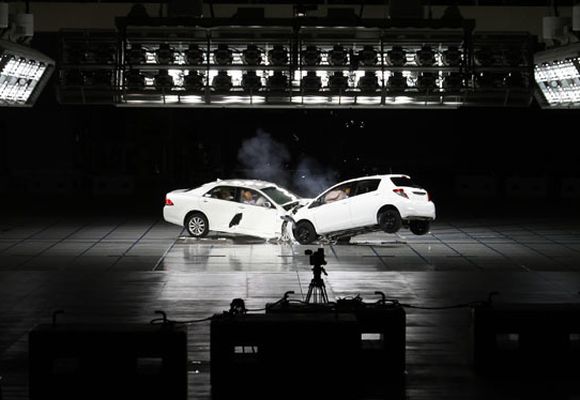
At present, there is no vehicle manufacturer in India who sells safety in print or TV advertisements.
They are all aware of the fact that all new car models introduced in North America, Europe, Australia and Japan are given safety ratings (one to five stars) for occupant and pedestrian impacts by the respective New Car Assessment Programmes (NCAPs).
They are also aware of the fact that NCAP ratings have been initiated in South America (Latin NCAP), Southeast Asia (Association of Southeast Asian Nations NCAP) and China (C-NCAP).
However, none of them has pressed for an Indian NCAP so that consumers here know the relative safety ratings of the cars on the road.
If any of the manufacturers were serious about the safety issue, they would have their cars rated for safety by any of the NCAPs around the world, and help Indians choose safer cars.
...
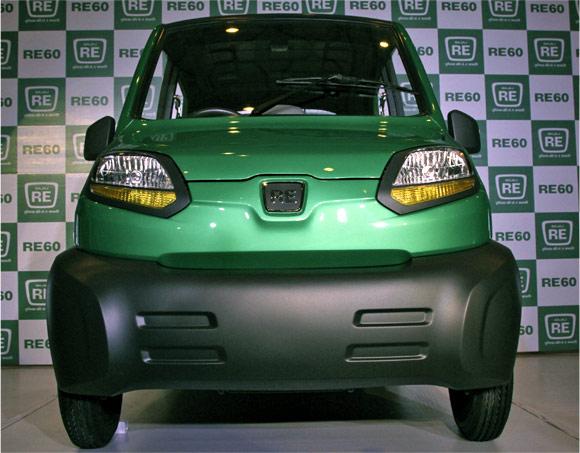
Additionally, the roads ministry could have helped set up an Indian NCAP as a service for Indian vehicle owners.
However, safety is an important issue, and it is good that the ministry at present has given the RE60 only a limited clearance.
Currently, we just have some basic ideas about safety on such issues from international experience and limited knowledge from the experience of three-wheelers in India.
We know that, other things being equal, low-powered vehicles have a lower probability of being involved in a crash than high-powered ones.
This is clear from motorcycle crash investigations in the West. Almost all studies show that high-powered motorcycles have higher fatality rates than low-powered ones.
...

Insurance companies also charge lower premiums from lower-powered vehicles that are in the same category as those with more powerful engines.
From the limited data available to us from a few cities in India, it is clear that three-wheelers do not have as high fatal crash rates as one would expect.
Additionally, if you take all fatal crash involvements of cars and three-wheelers, i.e. occupants dying in crashes and the pedestrians, bicyclists and motorcyclists killed with these vehicles, then three-wheelers seem to do no worse or even slightly better than cars.
These bits of information suggest that operating speeds are a critical factor in determining how harmful a vehicle can be in urban traffic.
The three-wheeler seems to do relatively well because the low capacity engine does not allow the driver to operate at speeds greater than 50 km/h.
...
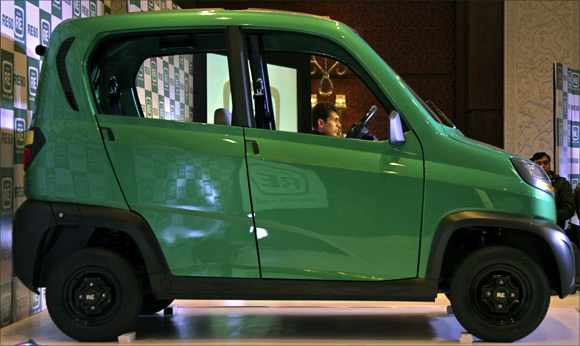
This also results in fewer pedestrians and bicyclists killed by three-wheelers than other larger vehicles. Therefore, the lower operating speeds of the RE60 go in its favour.
If its engine was made more powerful, I would not support its introduction on urban streets.
A small low-powered vehicle would be a boon as a taxi and delivery van for urban goods. Its small size and low weight would save on urban road space and wear and tear of streets.
It would be ideal if the government would also announce vehicle and pedestrian impact standards at 30 km/h impacts for this class of vehicles by 2016. That would make it an ideal urban public transport vehicle.
In any case, we need two kinds of cars eventually. Most cars spend most of their lives transporting one or two people for one or two hours every day at speeds less than 60 to 70 km/h.
...
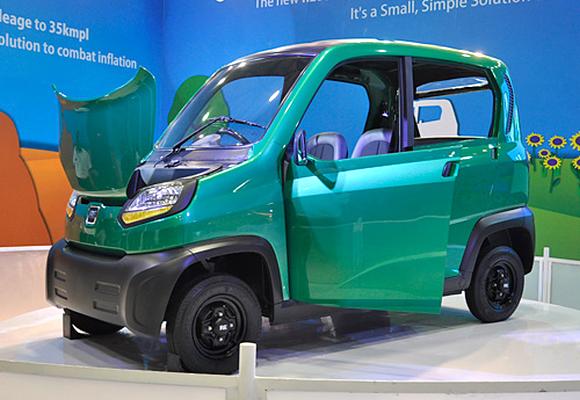
This makes the standard car an over designed, energy guzzling, highly polluting and wasteful piece of technology.
If we had two kinds of safe cars, one for non-highway local travel, and another for inter-city expressway movement, then people could make more rational choices.
Many would opt for the quadricycle-type for daily use and rent a regular one for the occasional trip out of town.
We would then save on pollution, traffic injuries, road and parking space and expensive fuels. The RE60 might lead us into that desirable future.
The author is Volvo Chair Professor Emeritus, Transportation Research and Injury Prevention Programme at Indian Institute of Technology, Delhi